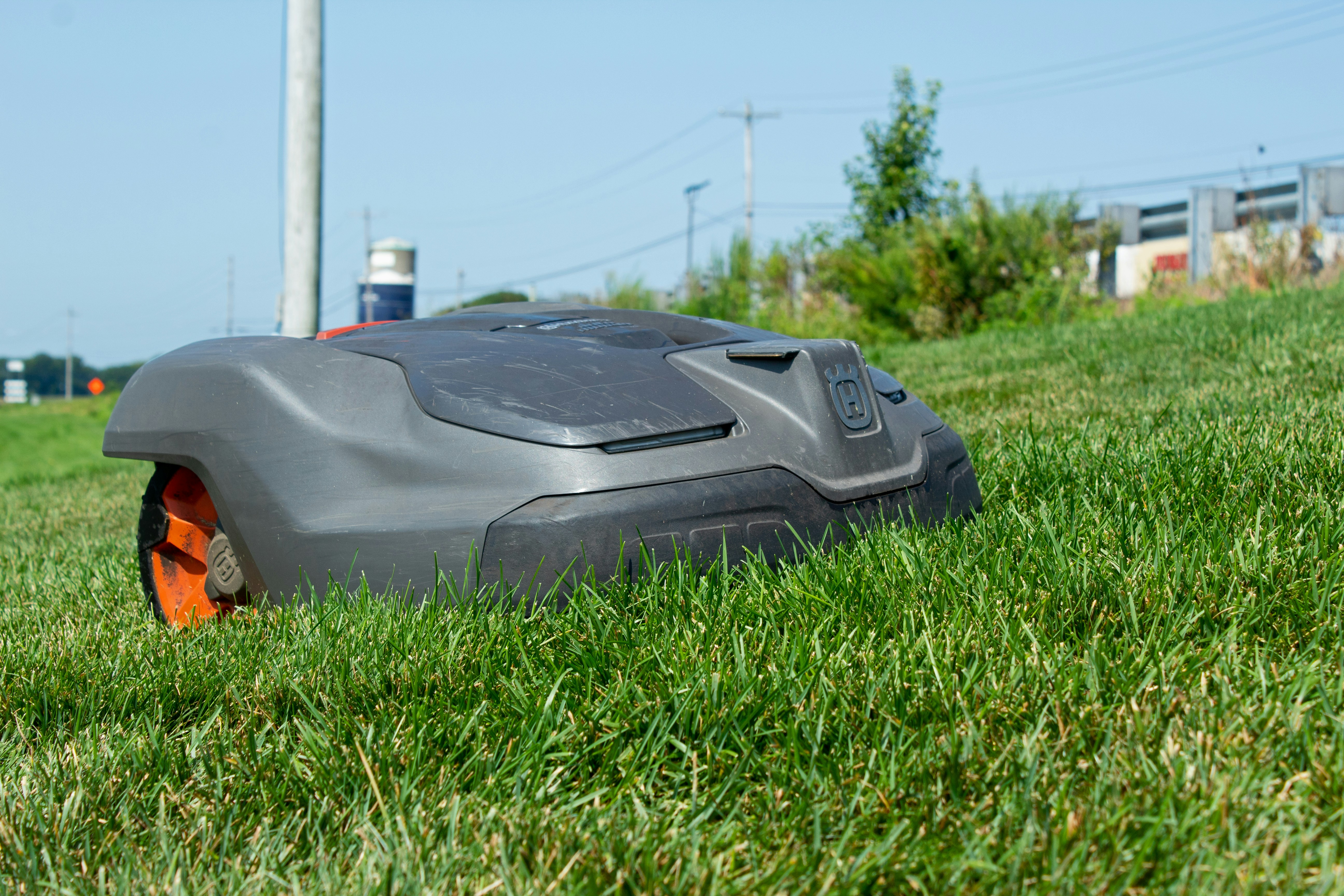Understanding Battery-Powered Lawn Equipment
Battery-powered lawn equipment refers to tools designed for lawn maintenance that are operated using rechargeable batteries instead of traditional gas engines. Common types include lawn mowers, string trimmers, leaf blowers, and hedge cutters. These devices typically utilize lithium-ion batteries, which offer several advantages over older battery technologies, such as higher energy density, longer run times, and shorter charging periods.
One of the primary distinctions between battery-powered and gas-powered lawn equipment lies in their respective designs and operational principles. Gas-powered tools often emit fumes and require oil and fuel mixtures, demanding more maintenance and posing environmental concerns. Conversely, battery-operated equipment offers a cleaner alternative, generating no direct emissions, making them an appealing choice for environmentally conscious users in the Midwest.
In terms of advantages, battery-powered tools provide several benefits. They are generally quieter, enhancing the user experience and reducing noise pollution in residential areas. Additionally, these tools often feature lightweight designs, making them easier to maneuver and reducing user fatigue during extended periods of work. However, limitations do exist; battery-powered lawn equipment may have restricted run times when compared to gas-powered alternatives. This can lead to interruptions if users have large yards or require prolonged usage without the adherence of additional battery packs or charging time.
Technological advancements have played a crucial role in the growing popularity of battery-powered tools. Innovations such as improved battery technology, efficient motors, and smart features—like variable speed controls—have significantly enhanced the performance of these devices. In the Midwest, where outdoor maintenance is integral due to diverse weather conditions and greenery, the reliability and efficiency of battery-powered lawn equipment continue to attract attention. This shift not only emphasizes convenience but also aligns with a broader movement towards sustainable landscaping practices.
Runtime and Performance: What Consumers Can Expect
The runtime and performance of battery-powered lawn equipment can significantly differ from the claims made by manufacturers. While marketing messages often promote long-lasting batteries and impressive run times, users’ real-world experiences may reveal a different scenario. One of the primary determinants of battery life is its capacity, which is generally measured in amp-hours (Ah). A higher amp-hour rating indicates a larger battery capacity and potentially longer run times. However, actual performance can be influenced by several factors beyond just the battery itself.
The size and type of the lawn play a critical role in how long the equipment can operate effectively. For example, mowing a small, flat residential yard will typically yield longer run times compared to tackling a large, hilly lawn or a yard filled with dense weeds. The specific tasks being performed, such as mowing, trimming, or edging, can also draw on battery power at different rates. More strenuous tasks often require more energy, thus reducing runtime.
Consumer experiences and reviews provide valuable insights into the actual performance of these tools. In the Midwest, the unique climatic conditions—ranging from high humidity to varying soil types—can impact both battery efficiency and equipment performance. Users frequently report that factors such as temperature can influence battery life, with colder weather generally resulting in shorter run times. Furthermore, the terrain can affect not only how long the equipment operates but also its ability to cut efficiently. Therefore, potential users should consider these real-world factors when evaluating battery-powered lawn equipment, as they provide a clearer picture of what to expect.
Marketing Claims vs. Reality: A Comparison
The landscape of lawn equipment has evolved significantly, particularly with the surge of battery-powered options. Manufacturers frequently promote their products by highlighting impressive battery life, quick charging times, and superior performance metrics, often leading consumers to believe they are making a savvy investment. However, a closer examination of these marketing claims reveals an often stark disparity between what manufacturers assert and the actual performance experienced by users.
One prevalent claim found in advertisements is the promise of extended battery life, with many manufacturers stating their equipment can run for up to several hours on a single charge. While it is true that advancements in battery technology have improved longevity, these assertions can be somewhat misleading. Factors such as the type of task, the thickness of grass, and environmental conditions can substantially impact real-world runtime. Independent testing usually shows that, under typical usage scenarios, the operational time can fall short of what is advertised. This discrepancy may lead to frustration among consumers expecting a different level of performance.
Charging times are another critical aspect that warrants scrutiny. Marketing materials may depict rapid charging capabilities, suggesting that equipment can be quickly charged between uses. However, actual charging durations often exceed these suggested times, impacting the convenience of using battery-powered lawn tools. Feedback from consumer reports typically indicates that the advertised short charging times do not always align with reality, resulting in longer intervals before equipment is ready for use.
Finally, while many companies tout their equipment’s overall performance by emphasizing power equivalent to gas-powered alternatives, independent evaluations frequently indicate that these claims do not hold up under rigorous testing conditions. Various factors, such as the type of motor and the sustainability of power output during extended use, contribute greatly to the effectiveness of battery-operated devices. Hence, it is essential for potential buyers to consider these factors and to seek independent reviews or reports when evaluating battery-powered lawn equipment.
Making the Right Choice for Your Lawn Care Needs
Choosing the right battery-powered lawn equipment requires a careful assessment of your lawn care needs and expectations. Understanding the specific requirements of your lawn is crucial in guiding your decision-making process. Start by evaluating the size and type of your property. For smaller lawns, a basic battery-powered mower may suffice, while larger areas may demand more robust equipment. Additionally, consider the terrain; properties with steep inclines or uneven surfaces may require specialized tools that can manage these challenges efficiently.
When assessing product specifications, pay attention to the voltage and amp-hour ratings, as these details directly impact the runtime and overall performance of battery-powered tools. A higher voltage often translates to a more powerful motor, while increased amp-hours can provide extended runtime. Research various models and compare their specifications to find equipment that aligns with your lawn care needs. Reading customer reviews and expert recommendations can also provide valuable insights into the performance and reliability of specific models.
Battery technology is another pivotal factor in your selection process. Lithium-ion batteries are the industry standard due to their longevity, quick charging capabilities, and minimal self-discharge rates. Understanding warranty and support options for the battery can further inform your decision—look for brands that offer ample coverage and readily available replacement components. Establishing a routine maintenance schedule can help keep your tools in optimal condition, enhancing their lifespan and efficiency. Regular checks on battery health, along with proper cleaning and storage, will ensure your battery-powered equipment performs well over the long term.
By taking these steps into consideration, consumers can make informed decisions that will cater to their unique lawn care needs while maximizing efficiency and tool longevity.
If you’re interested in purchasing the item you seek, please click the link for additional details: #americanachoice.
https://amzn.to/3SBN3Oy
AFFILIATE DISCLOSURE: I am an affiliate for this company, I am not a paid employee.
I may receive a commission if you click a link on this page and choose to purchase something.
You can rest assured I will only share things I believe in and will be valuable to you.



